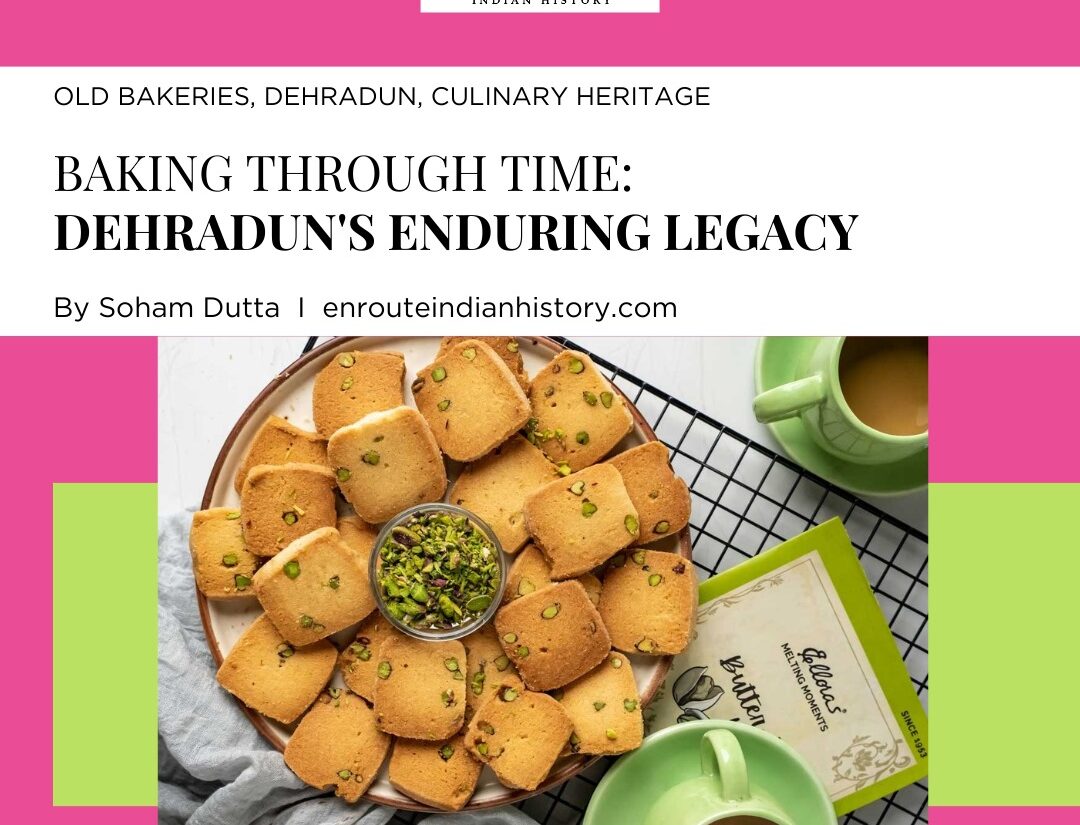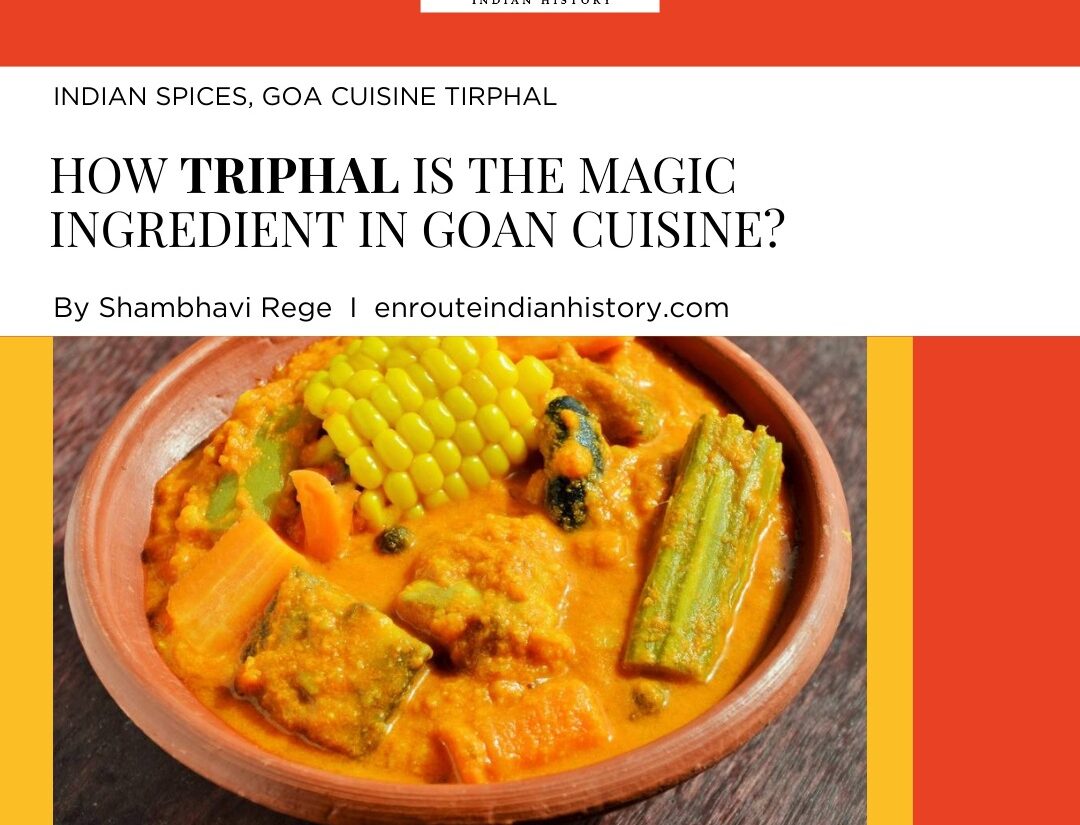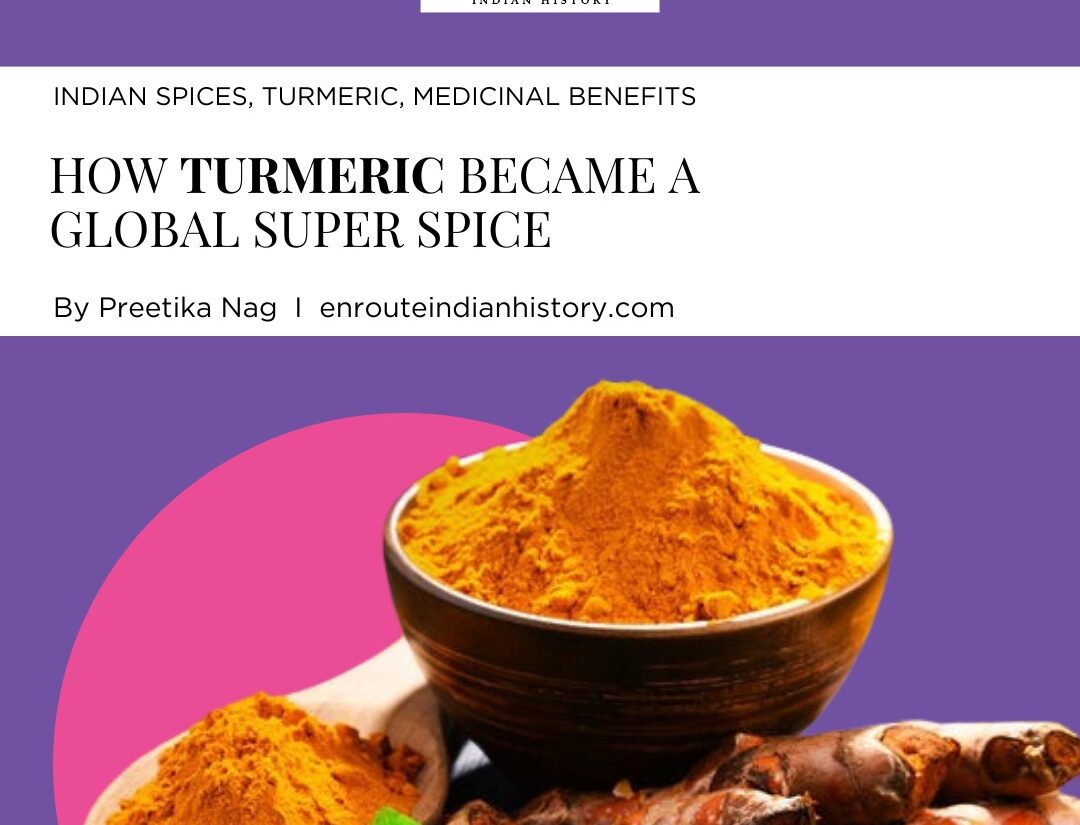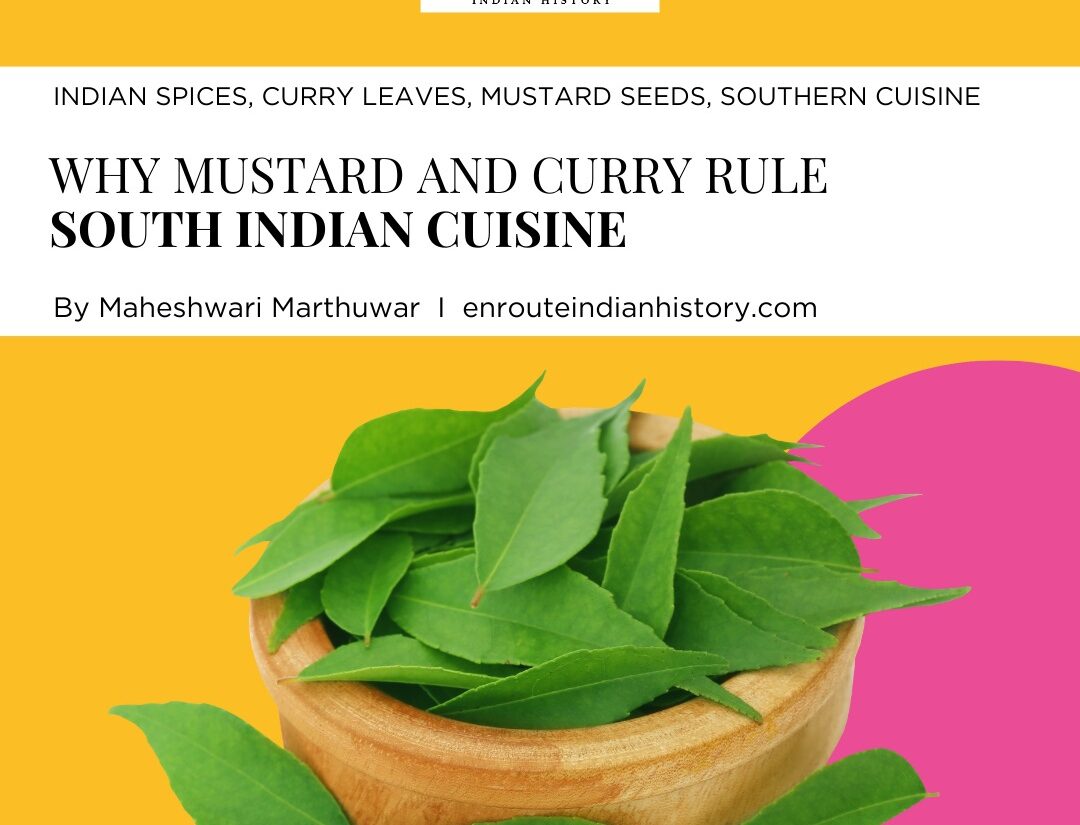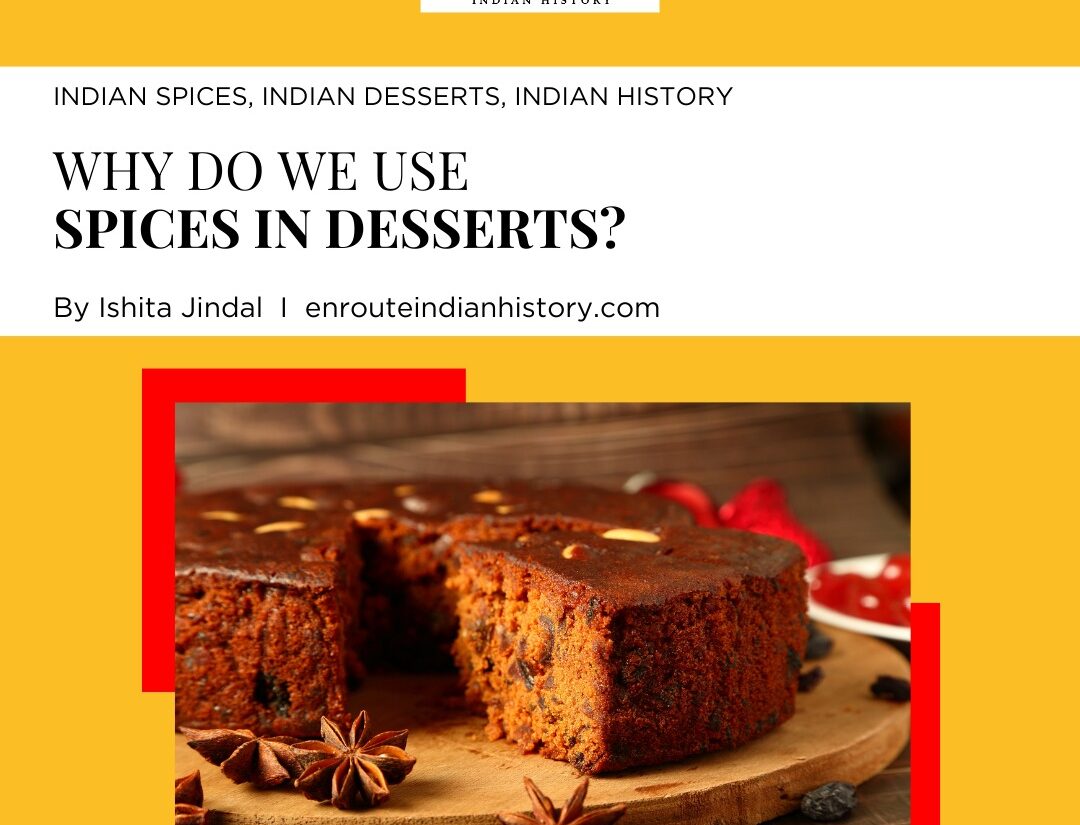How Duck Moilee was the Centrestage Of Anglo- Indian Christmas?
- EIH User
- December 20, 2023
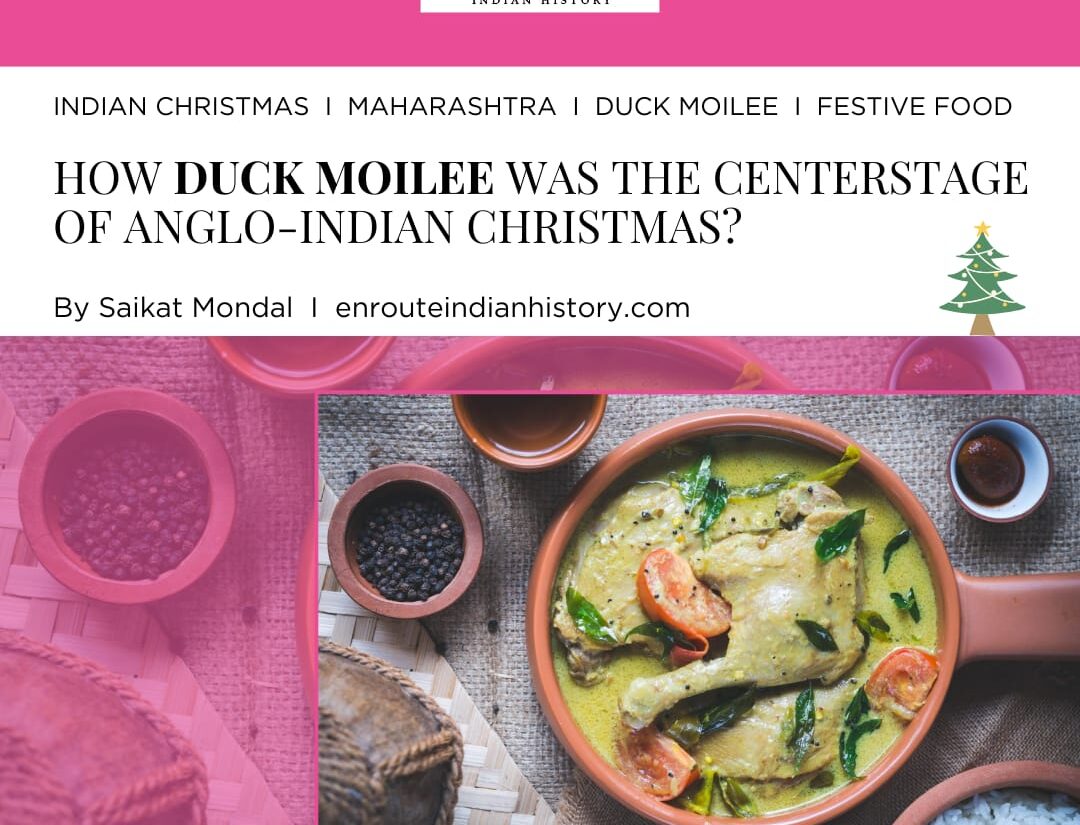
Christmas is a time of joy and celebration. Christmas is celebrated in different ways across different states of India, and this is also associated with the preparation of unique dishes to celebrate the festival of Joy. In Kerala, a delicacy called Neyyappam is prepared, which are small, deep-fried rice cakes made with rice flour, jaggery, coconut, and cardamom, Similarly in Goa, a traditional Christmas dessert is Bebinca, which is a layered cake made with coconut milk, eggs, flour, and sugar, alongside Kulkuls, sweet pastries made with flour, sugar, and coconut, cherished in Maharashtra, Goa, and Karnataka Similarly Allahabadi Cake, fruit and nut cake made with petha and rum, a specialty in Allahabad, while Manipur enjoys Nga Atobia Thongba which is a fish curry with mashed potatoes and pear, In Maharashtra, the festivities are not complete without the traditional Anglo-Indian dish known as Duck Moilee. This delicious and flavorful curry is a fusion of British and Indian culinary traditions, resulting in a dish that is both exotic and comforting. In this article, we will explore the origins of Duck Moilee, its unique ingredients, and the process of preparing this festive feast.
Origins of Duck Moilee

The dish is part of the broader category of “Moilee” or “Moli” curries, which typically involve a coconut milk base and a combination of spices.
“Moilee” is derived from the Portuguese word “molho,” meaning sauce, reflecting the historical influence of Portuguese traders and settlers in the region. In Kerala, this cuisine particularly developed under the Nazaranis or ‘followers of Jesus’ who used to make a dish with a fish dish called Meen moilee, a fish stew made with coconut milk, ginger, curry leaves, garlic and coconut vinegar. In Kerala Tharavu mappas is the traditional duck curry from the Kuttanad region of Kerala, prepared by cooking pieces of duck in a fragrant sauce of coconut milk and aromatic spices while Assamese make a duck curry with potatoes or bottled gourd.
Similarly, Duck Moilee is a dish that originated in the Anglo-Indian community of Maharashtra. The Anglo-Indians are descendants of British settlers who married local Indians during the colonial era. They developed a unique cuisine that combined British and Indian flavours, resulting in dishes like Duck Moilee. This dish is typically prepared during Christmas as part of the Anglo-Indian Christmas traditions in Maharashtra. Bridget White in her book A Collection of Anglo Indian recipes describes the dish as the Duck Stew in Coconut Milk.
Ingredients
The key ingredients in Duck Moilee include duck, coconut milk, spices, and a variety of aromatic herbs. The use of coconut milk gives the curry a creamy and rich texture, while the spices add depth and flavour to the dish. Some of the common spices used in Duck Moilee include turmeric, coriander, cumin, ginger, and garlic. The dish is also flavoured with curry leaves, green chillies, and fresh coriander leaves.
Ingredients (in list form)
1 tender duck cut into medium-sized pieces
3 big onions sliced finely
2 tomatoes chopped into big chunks
8 to 10 green chillies sliced lengthwise
2 teaspoons ginger garlic paste
1 cup thick coconut milk
1 teaspoon turmeric powder
1 teaspoon ground black pepper /pepper powder
3 tablespoons oil
2 tablespoons vinegar
Salt to taste
Preparation Process
The preparation of Duck Moilee begins with marinating the duck in a mixture of turmeric, salt, and lemon juice/ vinegar. This helps to tenderise the meat and infuse it with flavour. Then in a pressure cooker or a suitable pan, heat oil and lightly fry the pieces of duck. Then when the pieces turn light brown add all the other ingredients like onions, ginger, garlic, and green chillies to it. After that mix the duck pieces well so that all the pieces get covered. Then add about 2 or 3 cups of water and mix well. Next, a mixture of spices, including coriander, cumin, and turmeric, is added to the pot and cooked until fragrant.
Once the spices are cooked, coconut milk is added to the pot, along with curry leaves and salt. The curry is then simmered for about an hour, allowing the flavours to meld together and the duck to become tender. Finally, the dish is garnished with fresh coriander leaves and served hot with steamed rice or with fugias / handmade East Indian rice Rotis. It usually takes 1 hr 15 mins to cook.
Sometimes bottle masalas are also used. Bottle masalas comprise more than 30 spices that are hand-pounded and blended for the bottle masala, a signature ingredient made of roasted spices—some familiar, like cumin, turmeric and red chillies, while others, like the stone fruit and caraway seeds, demand a deeper understanding of complex flavours which is store in green air tight bottles to save it against moisture.
Festive Significance

Margaret Dawson [ Standing, Right] & her friends, Mid- 1960’s [ Margaret Dawson/ The Anglo- Indian Archives] via Business School.
Duck Moilee holds a special place in Anglo-Indian Christmas traditions in Maharashtra. It is often served as the centrepiece of the Christmas feast and is enjoyed by family and friends. The rich and aromatic flavours of this dish bring warmth and joy to the festive celebrations, making it a truly special and memorable meal. In Mumbai, Theresa Menezes, who belongs to the dwindling East Indian community famed for their bottle masalas, asks, “Who makes duck moilee now? We used to rear them outside our bungalows in Bandra, now you get skinny ducks that are tasteless. The sense of lamentation is evident in her voice as this cuisine is dwindling from the household and while getting its place in exotic and fancy restaurants where Anglo-Indian Cuisine is served. Similarly Pereira-Almeida says –
On Christmas Eve, by the time families return from midnight service, there is a batch of pintyacha sop, or country chicken soup waiting. “The next day, lunch is an elaborate affair with dishes like duck moilee, indyal, or East Indian vindaloo, mutton stew and red chicken curry prepared with bottle masala gracing the table. These are usually accompanied with pulao, fugias — small fried balls of dough — bread rolls and a simple but colourful salad.”

July 1920: India: Possibly Cawnpore: Allahabad.”Nana’, Florence Irene Harrington, poses with eldest child Cynthia[ my mother] who was 3 years and 8 months old when the photo was taken.
Apart from Christmas, Duck Moilee also served in Anglo-Indian weddings and Easter. Even the famous Taj Hotel in Mumbai served Duck Moilee as one other main course meal.
Duck Moilee is a delightful and festive dish that reflects the unique culinary heritage of the Anglo-Indian community in Maharashtra. Its blend of British and Indian flavours, combined with the richness of coconut milk and aromatic spices, make it a truly delicious and comforting meal. So, this Christmas, why not try your hand at preparing Duck Moilee and experience the joy of Anglo-Indian Christmas traditions in Maharashtra?
References
- A very Indian Christmas feast (2019) Mintlounge. Available at: https://lifestyle.livemint.com//news/talking-point/a-very-indian-christmas-feast-111641647242113.html (Accessed: 17 December 2023).
- Brien, C.O. (2013) The penguin food guide to india. Penguin UK.
- Christmas celebrations in india are a melting pot of colonial-era culture (no date) Zee Zest. Available at: https://zeezest.com/travel/how-different-parts-of-india-celebrate-christmas-zee-zest-372 (Accessed: 17 December 2023).
- Freese, T. (2023) 10 christmas food delicacies from india you must try, The Better India. Available at: https://www.thebetterindia.com/334763/christmas-delicacies-indian-dishes-desserts-cookies-bebinca-neyyappam/ (Accessed: 17 December 2023).
- ‘How to cook east indian duck moile (Curry) – abby’s plate’ (2023) https://abbysplate.com/, 3 November. Available at: https://abbysplate.com/east-indian-duck-moile-curry/ (Accessed: 17 December 2023).
- ‘How to make traditional East Indian duck moile’ (2016) Express Foodie, 4 October. Available at: http://www.expressfoodie.com/food/food-memory-project-ethel-da-silvas-duck-moile/ (Accessed: 17 December 2023).
- Levy, P. (1992) The feast of christmas. Kyle Cathie.
- Samuel, D. (2019) ‘Duck molee’, The Spice Adventuress, 5 September. Available at: https://thespiceadventuress.com/2019/09/05/duck-molee/ (Accessed: 17 December 2023).
- ‘Scent of history’ (2010) Open The Magazine, 22 July. Available at: https://openthemagazine.com/art-culture/scent-of-history/ (Accessed: 17 December 2023).
- Sen, C.T., Bhattacharyya, S. and Saberi, H. (2023) The bloomsbury handbook of indian cuisine. Bloomsbury Publishing.
- The Economic Times (2018) ‘Not turkey or plum cake, a traditional Indian Christmas table is lined with Kulkuls, sannas & fruit wines’, 23 December. Available at: https://economictimes.indiatimes.com/magazines/panache/seasonal-produce-and-regional-flavours-load-the-christmas-table-across-india/articleshow/67209449.cms (Accessed: 17 December 2023).
- White, B. (2015) A collection of simple anglo-indian recipes. Partridge Publishing.
